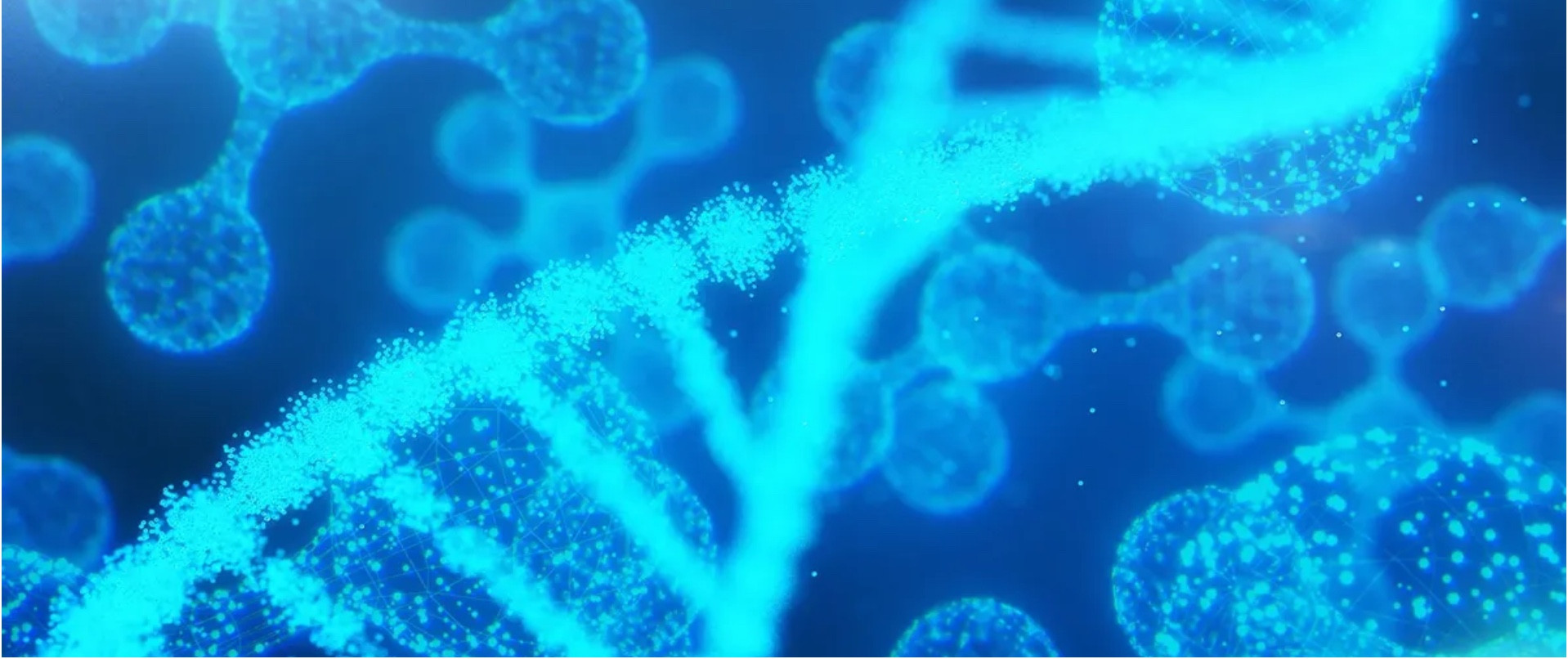UNITED STATES, July 23 2021 (Salon by Matthew Rozsa): Dr. Martin Picard is an associate professor of behavioral medicine at Columbia University Irving Medical Center, specializing in both psychiatry and neurology. Together, expertise in these two fields suits one well to understanding the essence of what makes one human. Picard is particularly knowledgeable about mitochondria, a structure found within nearly all cells that have a nucleus. They provide most of the chemical energy that cells use in their various biochemical tasks, and are sometimes likened to batteries.
Picard sees something else in mitochondria, too. Last year, he and a Swiss scientist named Dr. Carmen Sandi published a paper in the journal Neuroscience and Biobehavioral Reviews, which posited that mitochondria do not merely keep us alive, but in many ways, have lives of their own. And, perhaps, are even “social” creatures. “Similar to individuals among social networks, mitochondria communicate with each other and with the cell nucleus, exhibit group formation and interdependence, synchronize their behaviors, and functionally specialize to accomplish specific functions within the organism. Mitochondria are social organelles,” they continue. Of course, if mitochondria are conscious beings, that would mean we have trillions and trillions of these brainless beings chilling throughout literally every cell of our bodies. That idea may seem absurd until you consider a scientific concept which could explain it: Panpsychism, or the idea that consciousness is inextricably linked to all matter and simply grows stronger as a physical object becomes more complex.
Much more at “source” here:
https://www.salon.com/2021/07/23/panpsychism-the-idea-that-inanimate-objects-have-consciousness-gains-steam-in-science-communities/
A daily summary of world news for Hindus and non-Hindus alike

